I love origin stories, especially when they’re related to games.
Image Credit: Satoshi Yoshioka
Back when I got my start in the game industry at LucasArts, there weren’t many schools for gaming or technical art. It was all about the reel. I made mine spending sleepless nights learning the 3D program, Maya, barely awake, sculpting polygons into spaceships and mechas. In that same vein, I reached out to eleven talented developers I know, ex-colleagues, friends, and more, asking them how they got their foot in the door. Here are their stories.
Andrea Phillips (Freelance Game Designer)
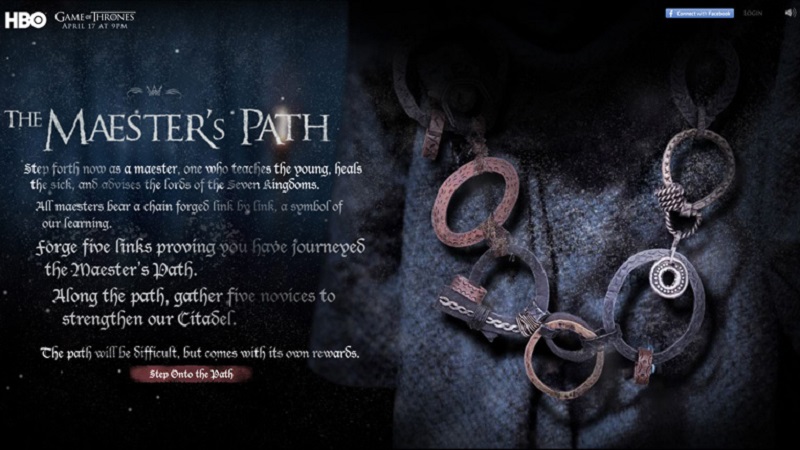
How did you get your start in the industry?
I work in games because fifteen years ago a friend sent me a link to the Anti-Robot Militia, a hate group site against robots. No, really.
That turned out to be part of the Beast, an alternate reality game for the movie A.I. I was so obsessed that I wound up as a community moderators for the Yahoo! group of players that formed to talk about it. It was such an electric experience that when that game was over, we wanted more… and the only way to get more was to make it your own self. Some of my fellow players started a company called Mind Candy, and I badgered ’em until they hired me on. The game we made together was Perplex City, and I’ve been in games ever since.
What are you doing now and what is one of the projects you were proudest to take part in?
I do bajillions of things at once! I’ve just released Circus of Mirrors, an interactive children’s book that’s like a one-person ARG run by a parent. I’m also working on Lothian Airsoft Theatre, which will feel like a steampunky live-action first-person shooter. And I write for Serial Box, on the Bookburners and ReMade serials. But I’m probably proudest of my work with HBO’s Game of Thrones. We made a game called The Maester’s Path for the first season. Google it! It was pretty cool.
Carrie Patel (Narrative Designer / Writer at Obsidian Entertainment)
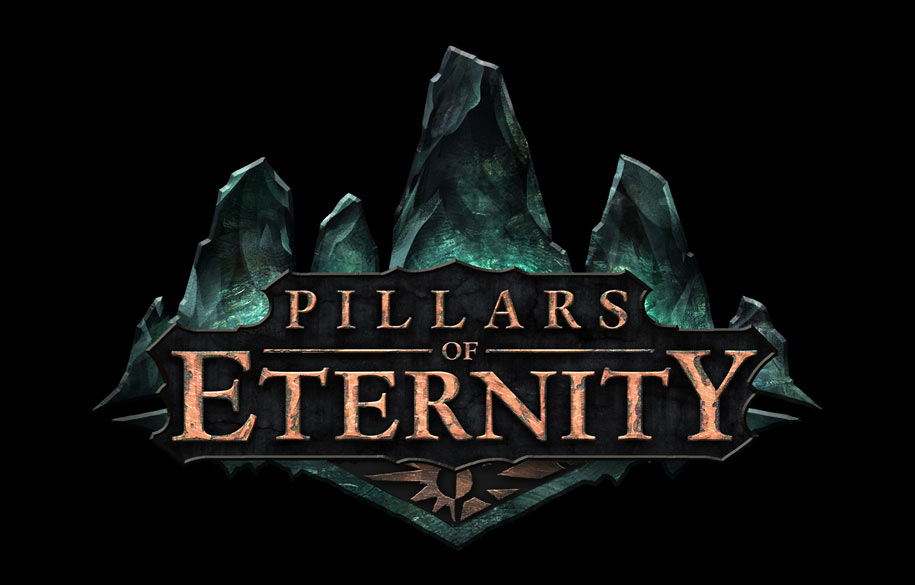
How did you get your start in the industry?
I got started in the industry almost three years ago when I responded to a job posting on Obsidian Entertainment’s website. The company was looking for a contract writer to work on Pillars of Eternity, and I was looking for an opportunity to write for story-driven games. I’d been focused on fiction-writing for the last two years. I was starting to make my first professional sales, but I was missing the structure and collaboration of working on larger projects with a team. I’d grown up playing the old Sierra adventure game series — King’s Quest, Quest for Glory, Space Quest, Laura Bow Mysteries — and still enjoyed games on the RPG/action/adventure spectrum. Games presented exciting narrative frontiers that I was eager to explore.
With that in mind, I made a list of game studios known for their narrative focus. Obsidian was at the top of that list, and they just so happened to have an opening! I applied, sending one of my short stories as a writing sample and a Neverwinter Nights mod I’d made with the Aurora Toolset. When I heard back about a phone interview, I was on vacation with my husband in South Africa. On the day of the interview, we were scheduled to be in Oudtshoorn, the “ostrich capital of the world.” So, in preparation, we bought an international calling card and did a bungee jump from the Bloukrans Bridge. After that, a phone interview didn’t seem quite as intimidating!
I made the call from the lobby of our hotel at midnight local time and had a very pleasant forty-five minute conversation with Eternity’s creative leads and producers. A day or two later, I heard back — I’d gotten the job, and with a full-time offer! A couple days after we returned from our trip, I drove from Texas to California to get started as a writer and narrative designer at Obsidian Entertainment.
What are you doing now and what is one of the projects you were proudest to take part in?
It’s been an exciting journey, and I’m immensely proud of the work our team did on Pillars of Eternity. The team was relatively small and very close-knit — we all had the opportunity to contribute meaningfully and to take ownership of our work. And, as Obsidian owned the IP, we had a lot of creative freedom. All of us were passionate about creating a great game that hearkened back to classic fantasy RPGs and told fresh stories in a bold new world. I’m thankful to have had the opportunity to work with such a talented team, and I’m encouraged by the new storytelling possibilities that games continue to offer.
Dave Davis (Founder Small Axe)
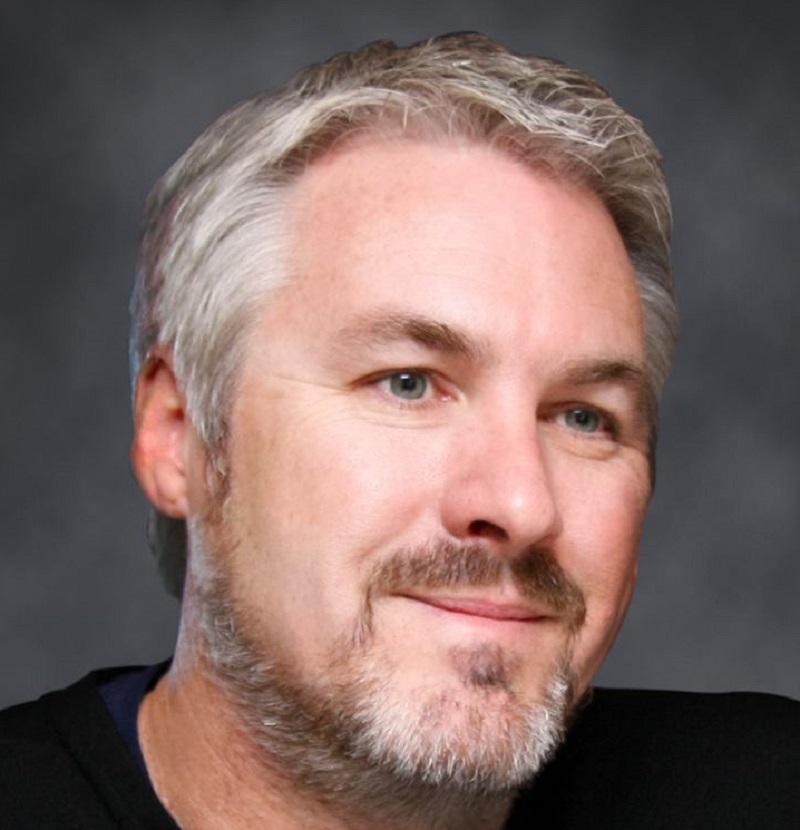
How did you get your start in the industry?
I started working in the game industry more than 32 years ago, in the days of the Apple II and Commodore 64 — yes, people played games pre-NES. I was attending Santa Rosa Junior College in Northern California studying Computer Science and was dying of boredom. My heroes were Jobs and Wozniak along with the founders of EA, Epyx and Sierra On-Line. And here I was stuck learning how to program databases on minicomputers when what I really wanted to do was make games. I left school after two frustrating years and joined Broderbund Software, the creators of Lode Runner, Prince of Persia and Carmen Sandiego as a tester and I never looked back.
At 24 I moved to Vancouver Canada to join Don Mattrick’s team at Distinctive Software (DSI) as a Producer. Within my first year at DSI, EA bought the company and renamed in EA Canada. Although I had great respect for EA and those who ran the company, I wanted to spread my wings and start my own development company. With a very small bankroll, I founded Radical Entertainment along with two partners. Radical went on to make some great games and launch a few innovative IPs.
What are you doing now and what is one of the projects you were proudest to take part in?
I’d have to say that over the span of my career, the accomplishment that I am proudest of is not a single game or franchise, but rather it is helping to establish the game development community in greater Vancouver area of British Columbia. Distinctive was the first significant game company in Vancouver. Radical was the second.
If you look at the family tree of Radical Entertainment, it is absolutely amazing that individuals that once worked at Radical have gone on to create so many successful companies in Vancouver — Barking Dog, Black Box, Slant Six, United Front, Relic to name a just a few. And employees of those companies have, in turn, launched their own companies. By forming Radical Entertainment, I helped lay the foundation for Vancouver to become one of the most robust and successful game development communities in the world.
Thirty-two years into my career in video games, I still love the industry and remain active in it. These days I have my own consulting company, Small Axe Inc., and work with both developers and publishers. Most recently I mentored a small startup company called Nio Games from the formation of their company to the creation of their first game to the sale of the company to N3twork, Neil Young’s game company follow up to ngmoco. I am also spreading my wings once again with a startup in a completely different arena — a microbrewery. With a lengthy career spanning two passions, video games and craft beer, I consider myself a very lucky man.
Jon Paquette (Writer at Insomniac Games)
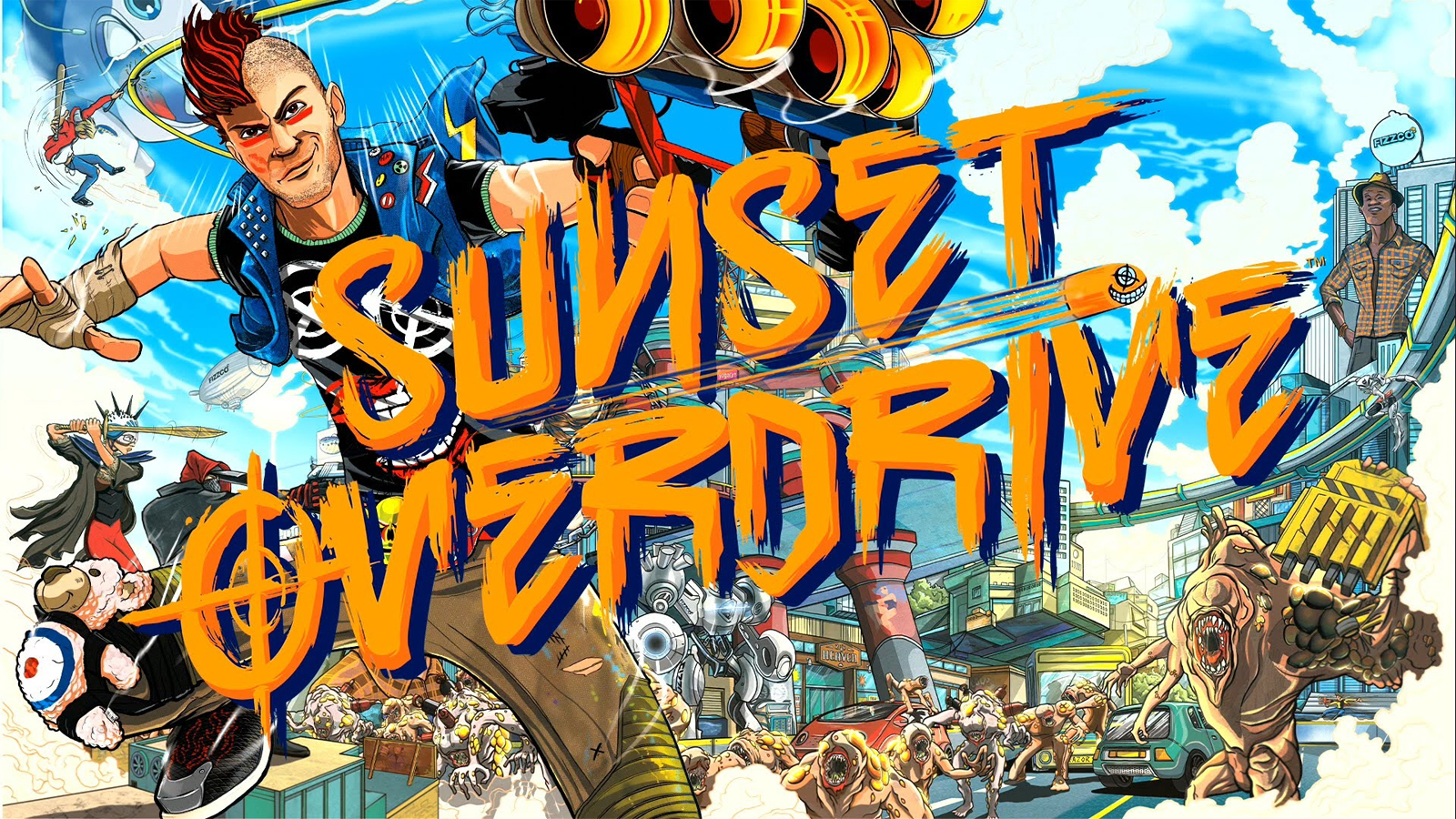
How did you get your start in the industry?
In 1996 I was in my first year of USC’s graduate screenwriting program. There used to be a little announcement board outside the writing office, and I saw a sign that said, “Free food, free games, no pay.” I had always loved games, and I needed to eat, so I called the number. Got an interview and learned it was for DreamWorks Interactive.
One of the first games at the studio was “Goosebumps: Escape From Horrorland.” It had a big live-action component, and thus needed an on-set production assistant. So over the next several weeks I was sweeping the floors, going on coffee runs, and taping ping pong balls to the ends of C-stands at very exact measurements so that the guy in the werewolf costume wouldn’t walk through a virtual countertop that wasn’t even created yet. It was a great experience, and I’m still friends with a lot of people from those days.
After the shoot was done, they asked me to stay with the company and be a tester, which I gladly did until I was finished with grad school. When I graduated, I stayed on and worked my way from tester to producer/designer.
Then DreamWorks Interactive was purchased by Electronic Arts, and through a series of events that I’ll save for my autobiography, I became a writer and creative director at EALA. In 2008 a friend told me about a writing job open at Insomniac Games. I had worked on a bunch of Medal of Honour games at that point, and was itching for some new creative challenges, so I applied and got the job. Been an Insomniac ever since.
What are you doing now and what is one of the projects you were proudest to take part in?
Right now I’m the lead writer on the new Spider-Man PS4 game. My last few games at Insomniac were Ratchet and Clank (PS4), Edge of Nowhere (Oculus), Sunset Overdrive (Xbox One), and Resistance 3 (PS3). But I’m proud of every game I’ve worked on, from DreamWorks to EALA to Insomniac, because I know the tremendous amount of work that everyone put into them.
But if I had to pick my proudest moment as a game developer, I harken back to that one lunch break in 1997 when all the testers were LAN Quaking on a low-grav Fragtown map and I skunked everyone. 16 kills, no deaths, match was over in less than a minute. It’s all about the quad damage.
Katie Chironis (Game Designer At Oculus)
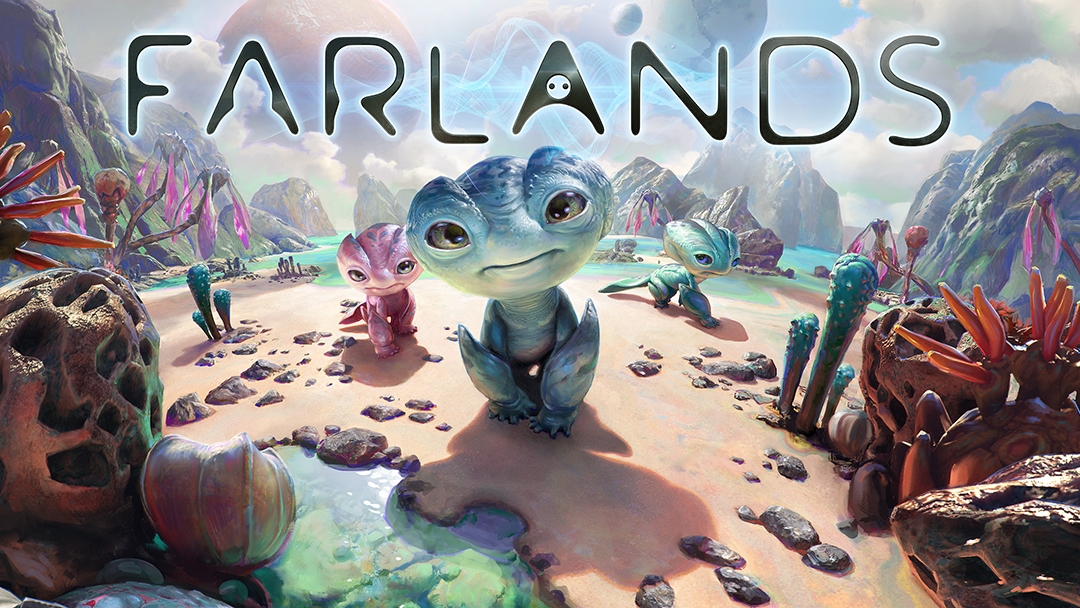
How did you get your start in the industry?
I knew I wanted to work in games when I entered college, but I had no idea how to get hired, and my parents were really not sold on the idea. I joined my school’s game development club and started making all kinds of small games with other people in the club, teaching myself to code in the process. We’d spend late nights goofing off and trying stuff in Flixel or early Unity. Some of those people are now my best friends, and we’re working on an indie side project together, Elsinore! (www.elsinore-game.com) The thing I discovered very quickly was that starting a game or having a game idea is pretty easy, but actually finishing and polishing a game is very difficult. It took years to figure out that part.
Finishing lots of small games gave me a portfolio, but it was all kind of weirdo nontraditional stuff. I created a couple of text adventures, a small meditation game, a game that was about being chased by chickens, that kind of thing. I loved games like The Sims, Katamari, Harvest Moon, old MUDS and adventure games and other non-traditional stuff. All these kids around me who wanted to be designers were into really mainstream core games, which I can absolutely appreciate, but it wasn’t my main jam.
At the time the mainstream indie scene was just barely revving up, so I wasn’t sure if I could actually survive in the industry. Paolo Pedercini makes radical games and teaches at my university, so I took his class, and there was this lightbulb moment where I realised there might be a place for me and my little games after all. Shortly afterwards I interviewed with EA and got an internship there, and then went to Microsoft Games after that. The rest is history.
What are you doing now and what is one of the projects you were proudest to take part in?
These days I’m working as a game designer at Oculus, where I help build awesome new VR experiences. VR is this wild west kind of situation where everything’s in motion at once and the design rulebook is being written right now, which is very exciting to me. Most recently I worked on Farlands, which is a title I’m hugely proud of. I think our team can safely say Farlands is unlike any other game out there; at its core, it’s a game about making friends with these alien creatures and capturing the silly things they do.
It exhibits all the things I find compelling about VR: its ability to create empathy, a world that makes you feel like you’re really there, and the need to break away from traditional genre conventions and try new design paradigms. This is the kind of thing that inspires me to do what I do every day.
Marlina Balandra (Studio Operations Manager For A Mobile Game Company)

How did you get your start in the industry?
Waaay back in the day, I saw a job posting on hotjobs.com for a Production Coordinator for ea.com‘s Sports team. I applied online and also sent my resume to a friend who worked at EA that shared it with the team. The team interviewed me and I got the job! Wanting to do the best job I could possibly do, my first task as a Production Coordinator was to coordinate and set up the events for a PC/online game called Tiger Woods, Play Against The Pros. I was beyond ecstatic to have this opportunity, but knew very little about Golf and the Golf culture.
I learned very quickly with on the job training! It was one of the most memorable and funnest times of my career in Games. I had an awesome boss that was supportive, let me do my job and encouraged me to try other things. I couldn’t have asked for a better first time experience into Games.
What are you doing now and what is one of the projects you were proudest to take part in?
I am currently a Studio Operations Manager for a mobile game company in Los Angeles. I can’t really pinpoint one project I am most proud to take part in. I’ve worked at a lot of different companies and had so many different experiences. If I had to pick something, I loved helping passionate people find their dream jobs, working with some of the best talent in the industry and for all the lessons (good and bad) over the years that I’ve learned. Today, I feel truly blessed to go into work each day and know that I will laugh a lot, learn something new and be able to contribute to an awesome studio that’s creating something really, really cool!
Min Fu (Concept Artist At Toys for Bob)
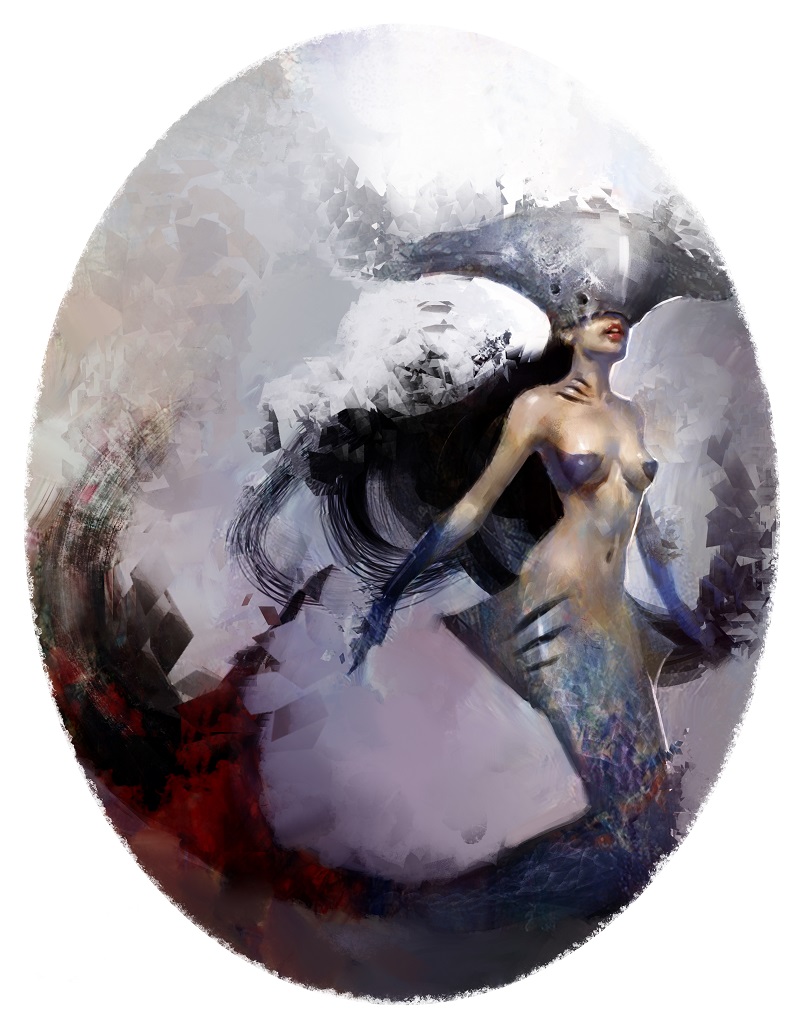
How did you get your start in the industry?
My start in the industry was a very fortunate one. I got my foot in the door at Telltale, with an internship for texture painting and concept art. It was during the first wave of Telltale’s effort to expand, and at the time, they were looking for someone who could handle really painterly style texture paintings for the characters in Game of Thrones. I think that I was chosen for the job because my portfolio included a lot of fine art and oil paintings, so they knew I’d be a good fit for handling diffuse paintings for faces and clothing, which they needed quite a bit of. My internship ended with a hire as a junior concept artist, which was really cool.
What are you doing now and what is one of the projects you were proudest to take part in?
Right now I’m working as a concept artist at Toys for Bob. As for what projects I’m proudest to have taken part in, I’m gonna have to cheat a bit and give a two part answer! I’d be remiss not to include the current title I’m working on, Skylanders – it’s just so much fun. The people I’m working with on that project are all super talented. I’m also given so much freedom to design creatures and characters for that because the world is so fanciful and creative. It’s a really wonderful experience.
But I would also have to include Telltale’s Game of Thrones game as one of the titles I’m most proud to have been a part of. That project definitely had its ups and downs, but getting to work on the game version of one of my favourite current TV series felt pretty awesome. It was also a very humbling experience because all the other artists on that project were incredibly talented people, and it was great getting to work with them. Those guys just kick so much arse!
Paul Davies (Animation Supervisor at Sony Interactive Entertainment America)
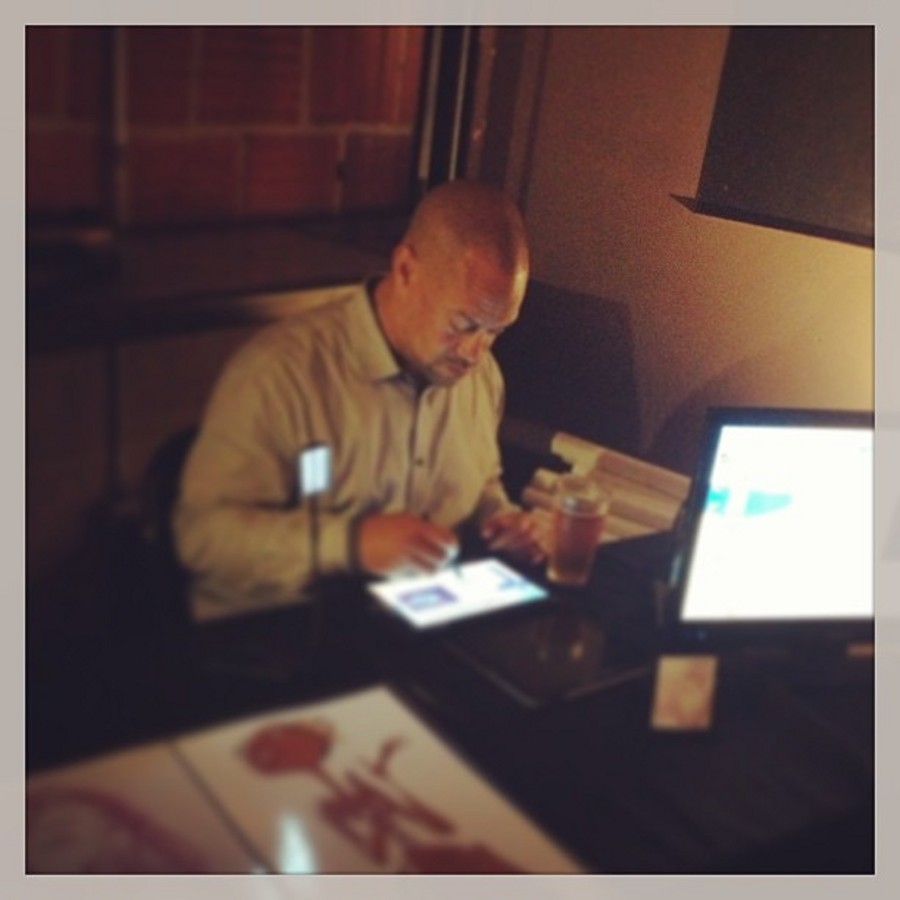
How did you get your start in the industry?
I went to college, begrudgingly, to study Illustration. In the absence of an Illustration curriculum, I chose Experimental Studio. Among other classes, I took a course in computer animation. The course instructor recommended me to one of his clients (he was a computer hardware and software salesman standing in for the regular course professor) and before I knew it I had quit school and started my career as a CG Generalist! I spent two years at my first job doing everything from logo digitising (back then you did it one vert at a time with a mouse like device, complete with a cross hair called a puck) to animated countdowns and commercials for local television. I moved on to bigger studios doing graphics and animation for bigger TV productions as well as multimedia projects.
Multimedia led to games and games led me from the East Coast to the West Coast. My reputation for problem solving and being a one stop shop for 3D production kept me employed at ever bigger game studios until my friend and I opened our own animation studio. Our studio was blossoming. but we were too naive in the ways of business to keep it going. We are better friends than ever but went our separate ways and both started working in film. I began to focus solely on animation, occasionally modelling and rigging while letting all other skills wither. After nearly a decade of animating, I began supervising animation.
What are you doing now and what is one of the projects you were proudest to take part in?
I continue to supervise and sporadically animate at Sony Interactive Entertainment America. I have been so fortunate to have the experiences and opportunities I have had and to work on so many wonderful projects. So many of them represent milestones in my life and career that it is hard to choose just one.
Since I have to, I would say it is the Playstation exclusive, The Last of Us. I supervised the animation for more than half of the cinematics under the watchful eye and helpful scrutiny of the Animation Leads and the Game Creators at Naughty Dog. Our animation team devised techniques that we continue to use at Sony Interactive Entertainment America. We strengthened our relationship with Naughty Dog and had an increased level of collaboration with them. Our combined efforts won us the 2014 Annie for Best Animated Video Game. I got to join two of the Leads from Naughty Dog on stage to receive the reward. That was a huge honour.
Satoshi Yoshioka (Illustrator, Formerly At Konami)
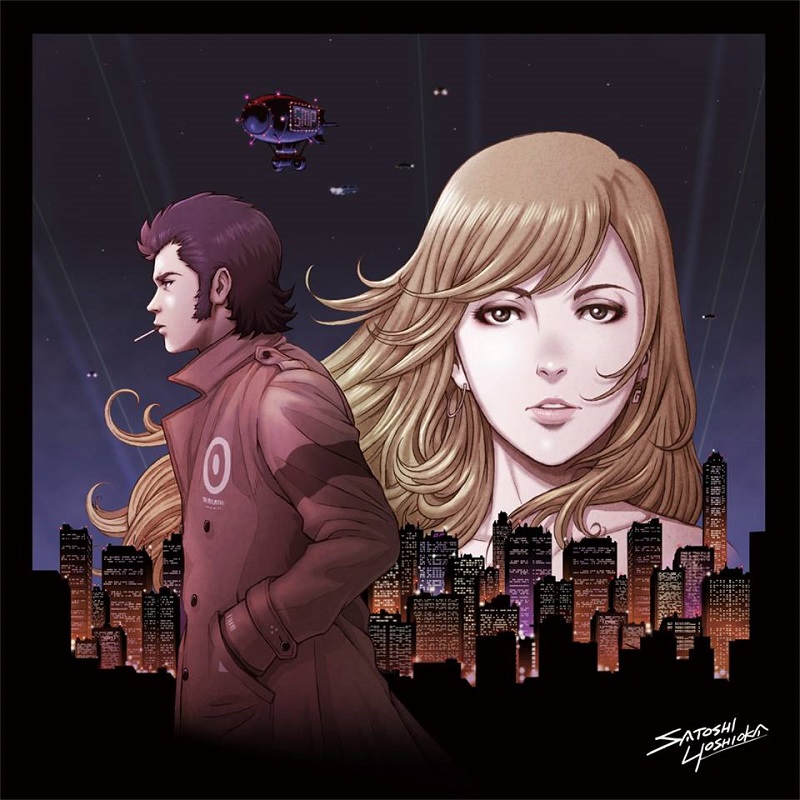
How did you get your start in the industry?
I was studying painting at the University of the Arts as a student. I was not interested in gaming as a line of work, but I needed to get a job somewhere at the time of graduation. When friends mentioned working for a game company, I thought, let’s try and take the examination. And we passed for Konami. Then I worked there for 20 years in game (designer on games like Snatcher and Policenauts). But I remembered that I didn’t originally want to work in the games industry. And so I resigned from the game company and decided to follow the path of the illustrator. But inside of me, there is still a deep appreciation for the gaming spirit of 20 years.
What are you doing now and what is one of the projects you were proudest to take part in?
I initially worked very hard because I had limited knowledge of games. I worked on several projects that were discontinued at that time. There was a lapse of two years and I worked with Hideo Kojima in the development of Snatcher. It was the first time the work was able to last for me. That the work is being evaluated in the world is still proud for me.
Stephen Rhodes (Narrative Designer at Deep Silver Dambuster)
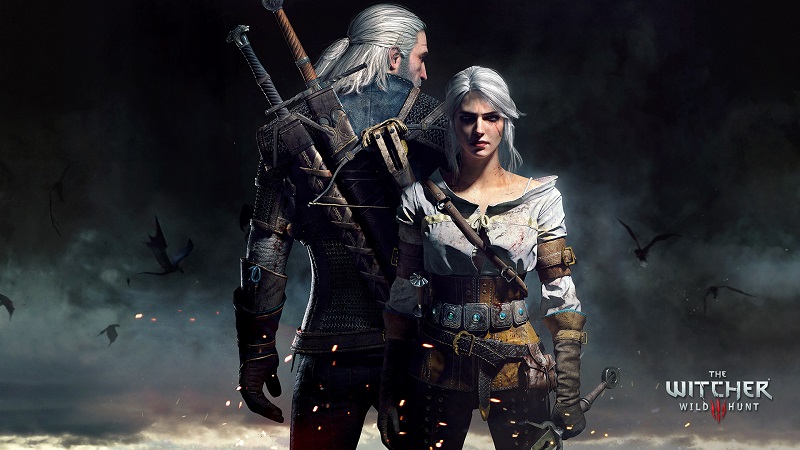
How did you get your start in the industry?
I went to Salford University to study Contemporary, International & Military History and I did that for two years. It was at this point I realised that my passion was in gaming and game creation. I made the difficult decision to transfer within the same university to a Game Design course. I didn’t tell my parents who lived in New Zealand at the time because I was worried about what they would think.
Fast forward three years and I graduated with first class honours and I luckily landed a QA job at a game studio called Traveller’s Tales, which was not too far from my university. I worked as QA for only 3 months as I was offered a level designer position that opened up in the development team at the studio. I spent the next 3 1/2 years working on various LEGO titles but felt unfulfilled in my work. I wasn’t able to tell stories and that was what I always wanted to do.
I left TT and moved to Poland to become a Quest Designer at CD Projekt RED on The Witcher 3: Wild Hunt.
What are you doing now and what is one of the projects you were proudest to take part in?
I have spent the last 12 months as a Narrative Designer for Deep Silver and I recently celebrated my Sixth year in the games industry.
Tyrone Rodriguez (Designer of Dreams)
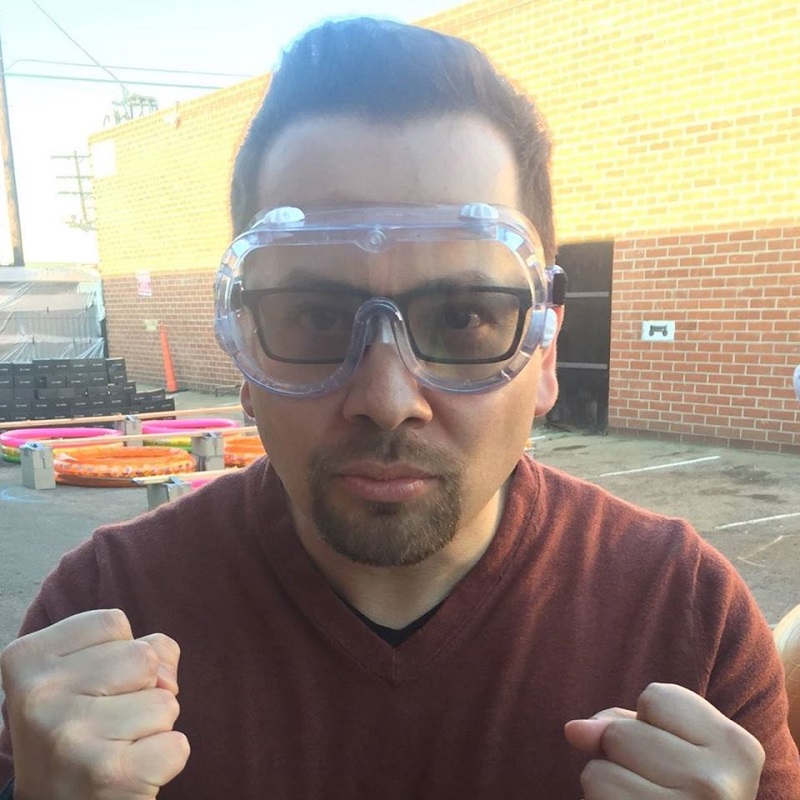
How did you get your start in the industry?
Thanks to my brother, I started playing video games when I was three years old and never ever stopped. That early introduction to games by my older and wiser sibling made for a life-long love of games and desire to get closer to making them.
By the time I was in high school I hadn’t stopped playing video games and a good friend, David Hunt, and I decided to publish our own fanzine. He had a Tandy PC and I could draw so we put together a very amateur black-and-white magazine. We called it Entry Level — a little pun on our lack of experience as well as a kind of game reference. We treated it like a real magazine and included news, previews, reviews, op-ed and whatever else made sense to two high school kids. Him and I, we literally knew nothing about anything — call it on-the-job training.
But within the first couple of weeks we figured out a pretty decent workflow. We’d go to the local game store, rent some Genesis and SNES games, play them over a weekend then write reviews. To differentiate ourselves from other fanzines, we reviewed games in a similar way to Siskel and Ebert. Actually, we ripped off their entire format. Once we had everything written, we’d print everything out on a shitty dot matrix printer, cut out the text columns and paste everything on 8.5″x11″ pieces of paper; it was all very low-tech. With all the page layouts dry, Dave and I would arrange them on a larger piece of paper in an order that would allow them to be copied double-sided and bound.
Finishing that first issue was really incredibly satisfying. At the same time it really was like a launch pad for us. The first issue was sent out to the various other fanzine editors. They in turn would review Entry Level in their fanzines, which led to requests from random people all over the country who wanted to read or subscribe! And it wasn’t only limited to fans, we also sent the issues to any game PR person we could get in touch with. It started locally with companies like Virgin Games and Atlus and grew from there. We even attended CES in Las Vegas as “press”.
This crappy little fanzine is literally responsible for everything else that followed after it. I ended up freelancing for Video Games magazine (a spin-off of VG&CE) and simultaneously being employee number four at Atlus USA, doing product evaluations on Genesis and SNES games, the some localisation work. Dave also worked at Atlus with me and later joined Virgin Games as a tester. That fanzine introduced me to a number of great guys who would be and continue to be involved in the game industry. It also opened my eyes to the idea that I could, even in a microscopic way, contribute to the game industry and somehow be part of it.
What are you doing now and what is one of the projects you were proudest to take part in?
Fast forward to 2016, I’m lucky enough to be working with my brother and a team of incredibly talented people at Nicalis, Inc., the company is a year and change from its 10th anniversary, we’ve developed and published games like Cave Story, 1001 Spikes, The Binding of Isaac as well a bunch of fantastic games in between. I’m very proud of what we’ve accomplished together, especially developing 1001 Spikes and The Binding of Isaac: Rebirth in tandem. Growing up with NES I always felt like I had been born 10 years too late because I wanted to make a game for that console. 1001 Spikes gave me that chance and The Binding of Isaac: Rebirth was like simultaneously making a SNES game.
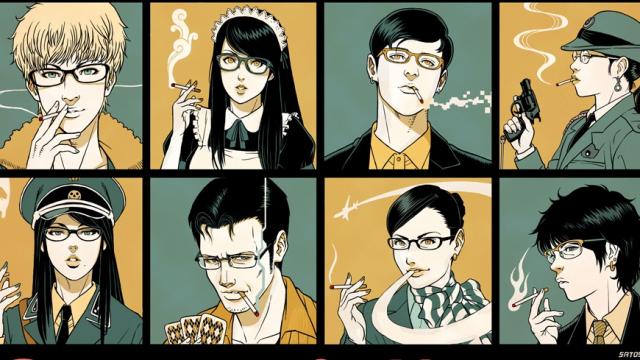
Comments